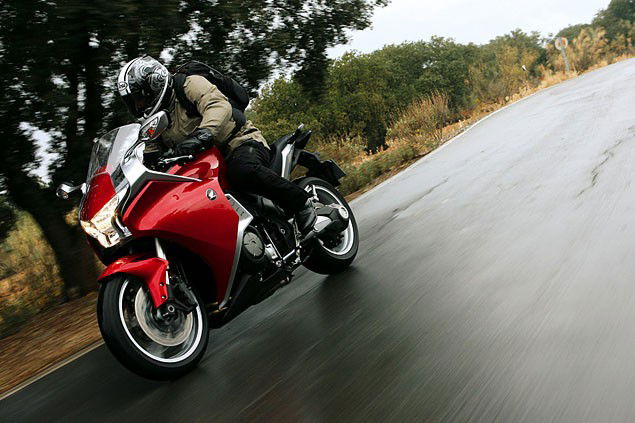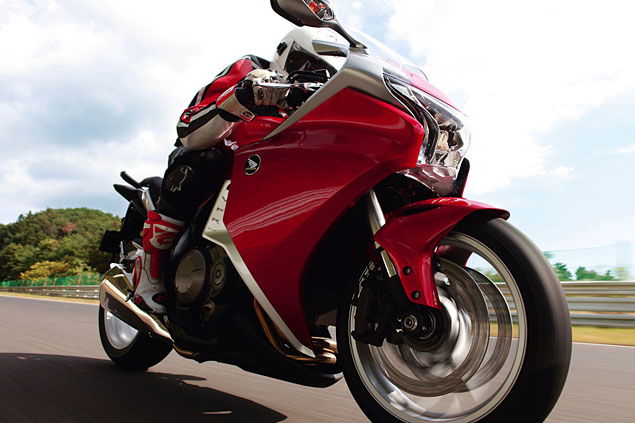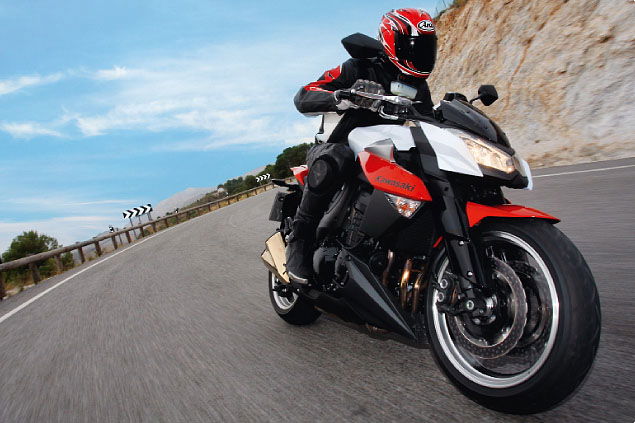2010 Honda VFR1200 European launch road test
Honda has a lot riding on this one. With dwindling 1000cc supersports sales and an increase in the sports-tourer market, the VFR1200F is arguably the company’s most important new bike for a decade
Tim Skilton



